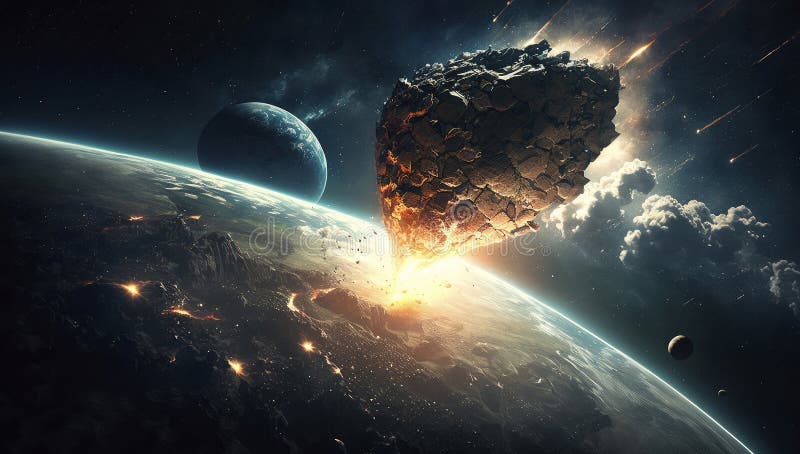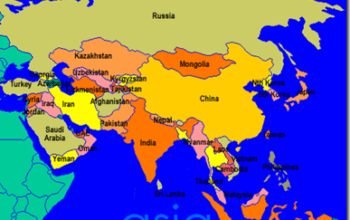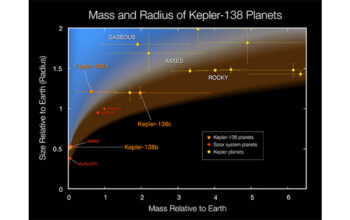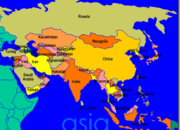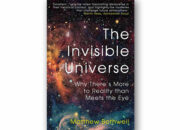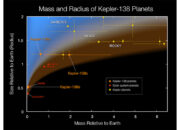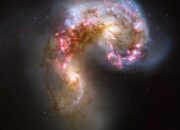The exploration of celestial bodies has long captivated the imagination of scientists and laypersons alike. A fragment of an ancient asteroid has recently captured the attention of the scientific community, raising numerous questions about its implications for our understanding of both cosmic and terrestrial phenomena. As we delve into the intricacies of this event, one might ponder: What mysteries lie concealed within a fragment of rock that has traversed the cosmos for eons? Moreover, how does such a fragment challenge our current comprehend of planetary formation and the history of our own planet?
Asteroids, remnants of the protoplanetary disk from which planets formed, hold crucial information about the birth and evolution of our solar system. Their composition often reflects the primordial materials that coalesced into the planets we inhabit today. The recent incursion of an ancient asteroid fragment into the Earth’s atmosphere serves as a potent metaphor for the interplay between the past and present. This cosmic visitor presents an opportunity for scientists to glean insights into the conditions that prevailed in the early solar system and the processes that shaped planetary bodies.
Upon entry into Earth’s atmosphere, the physical form of the asteroid is subject to immense thermal and mechanical stress. The incandescent trail formed during this fiery descent provides data to discern its size, speed, and trajectory—a trifecta of parameters critical for understanding its origin. By analyzing the spectral characteristics of this trail, scientists can ascertain the elemental makeup of the fragment, which in turn facilitates a reconstruction of its journey through space. A paramount question that arises here is how do these elemental compositions compare with those observed in meteorites and other celestial bodies?
Adding complexity to the narrative is the challenge of identifying the specific asteroid from which this fragment originated. Most asteroids reside within the asteroid belt, a region of space between Mars and Jupiter. However, some have orbits that carry them closer to Earth. The Nagakawa asteroid, for instance, is one of many candidates that could potentially yield similar fragments. The broader question thus emerges: to what extent do fragments retrieved from the Earth contribute to our understanding of these larger bodies and their histories? Each fragment could theoretically provide a linchpin in the grand puzzle of planetary formation, yet pinpointing their lineage remains an intricate dilemma.
Furthermore, the arrival of an ancient asteroid fragment on Earth poses multifaceted challenges. Firstly, there are implications for planetary defense strategies. While there is an inexorable fascination with the prospect of intercepting potentially hazardous asteroids, the vast majority of them are benign. However, given their capacity to impart both scientific knowledge and existential risk, focused studies on the trajectories of these bodies become paramount to safeguard our planet. From an astrophysical standpoint, how prepared is humanity to intercept or divert a fragment that may not just be a harbinger of understanding but also a bearer of existential consequences?
Beyond the confines of practical concerns, this event further provokes philosophical reflection on humanity’s relationship with the cosmos. Each fragment serves as a reminder of the insignificance of our terrestrial existence within the vast expanse of space. The concept of time becomes elastic; the eons of journeying through the cosmos starkly contrast with human temporality. As science delves deeper into the implications of such astronomical events, the question remains: should we regard these fragments merely as geological specimens or as vestiges of a narrative extending far beyond our species?
Moreover, the arrival of such a fragment demands careful scientific inquiry into the conditions that led to its formation and subsequent traversal. The analytical tools at scientists’ disposal—including isotopic studies and advanced imaging techniques—enable a deeper understanding of these objects. Through collaborative research initiatives, data amassed from laboratories around the globe can be synthesized, yielding comprehensive insights into asteroidal evolution and the geological processes that govern such phenomena.
One of the critical avenues of research revolves around the potential for ancient asteroid materials to harbor signs of primordial life. Given the harsh conditions on these celestial bodies, the prospect of determining the precursors to life as we know it adds another layer of complexity to our understanding. Could enzymatic or microbial signatures be hidden within the layers of an ancient fragment? The prospect tantalizes astrobiologists; it presents the challenge of not only locating evidence but also carefully disentangling it from the meteorological and geological debris accumulated over millennia.
As research progresses, it is essential to recognize the broader implications that the study of these fragments exerts on disciplines ranging from geology to anthropology. The extraction of knowledge from an ancient asteroid fragment could yield insights that reshape our very understanding of Earth’s early conditions. In this light, it is prudent to ask: to what extent does our understanding of cosmic history enhance our comprehension of human origins? Does this ancient fragment serve as a bridge linking the cosmos and humanity’s narrative?
In conclusion, the fall of an ancient asteroid fragment to Earth epitomizes a confluence of mystery and knowledge. The playful questioning of its implications traverses the pathways of science, philosophy, and existential thought, ultimately unveiling the interwoven destinies of celestial bodies and the life they may engender. As research unfolds, the scientific community stands at a precipice, armed with questions that challenge our understanding of the universe and ultimately, ourselves.
